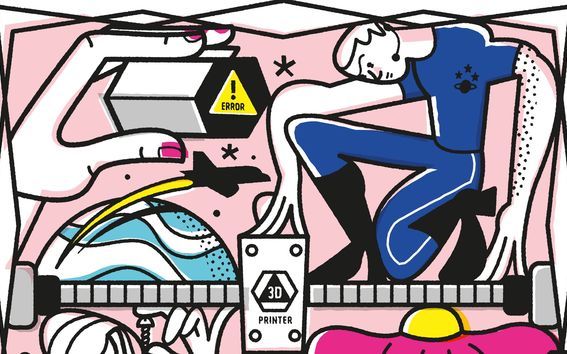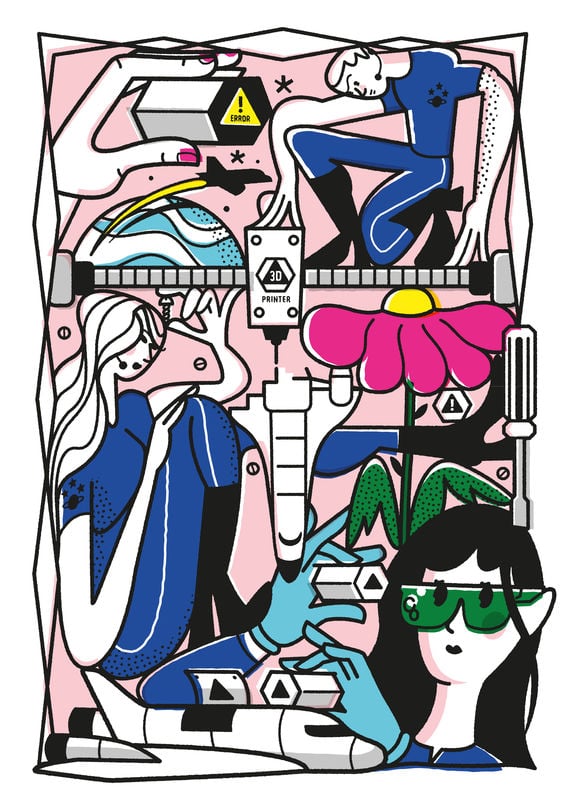Digitalising and 3D printing spare parts enables manufacturing anywhere and anytime
The digitalisation of spare parts is a step towards more sustainable business and reducing the carbon footprint of industry.


True and false. I won’t claim that 3D-printing isn’t used to make trinkets, like a lot of the stuff printed by hobbyists, but it’s also used to make demanding industrial products, including complex, optimised components. For example, an engine’s fuel nozzle can be crafted to improve the overall efficiency of the engine.
In Finland, 3D printing is used to make individually customised medical implants every day, like dental crowns and bridges.
False. The aerospace and aviation industries, which have stringent quality requirements, are pioneers in 3D printing. In the United States, an 85% 3D-printed rocket was manufactured and launched.
Because 3D printing builds objects layer by layer, the quality can be monitored closely during manufacturing. At Aalto, the AIM-Zero project uses AI to analyse 3D manufacturing processes. Our vision is to completely eliminate the production of faulty products.
True. The range of printing materials extends from metals to biomaterials and from plastics to ceramics, and their development is progressing rapidly.
3D printing can also be used with materials that have completely new properties and can’t be processed using traditional manufacturing methods.
I’d say that we haven’t yet seen 3D printing’s best applications.
True and false. 3D printing can’t produce parts as quickly as injection moulding, for example. But, if we also include the time needed to make the mould, 3D printing doesn’t seem so slow anymore.
There are also extremely fast 3D printing techniques available. Generally, the smaller the object, the more cost-effective 3D printing tends to be. It creates significant savings when manufacturing individual items or customised products, when it’s not worth creating expensive moulds or tools.
False. 3D printing lets machine and equipment manufacturers digitise the production of spare parts, which means we can make individual items or small batches as they’re needed.
Digital spare parts don’t take up storage space. They’re more available, they don’t need to be transported around the world, and unused items don’t remain on the shelf. Generally speaking, 3D printing makes it possible to manufacture products when and where they’re needed.
Text: Marjukka Puolakka
Illustration: Studio Jenni & Jukka
This article has been published in the Aalto University Magazine issue 33, September 2023.

The digitalisation of spare parts is a step towards more sustainable business and reducing the carbon footprint of industry.



